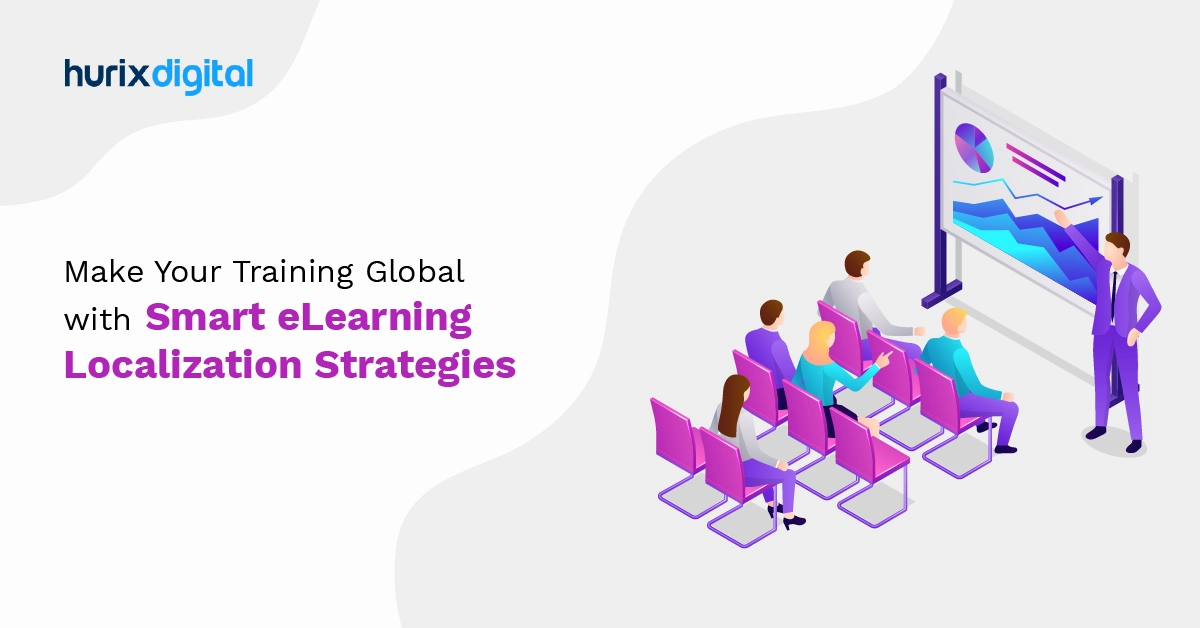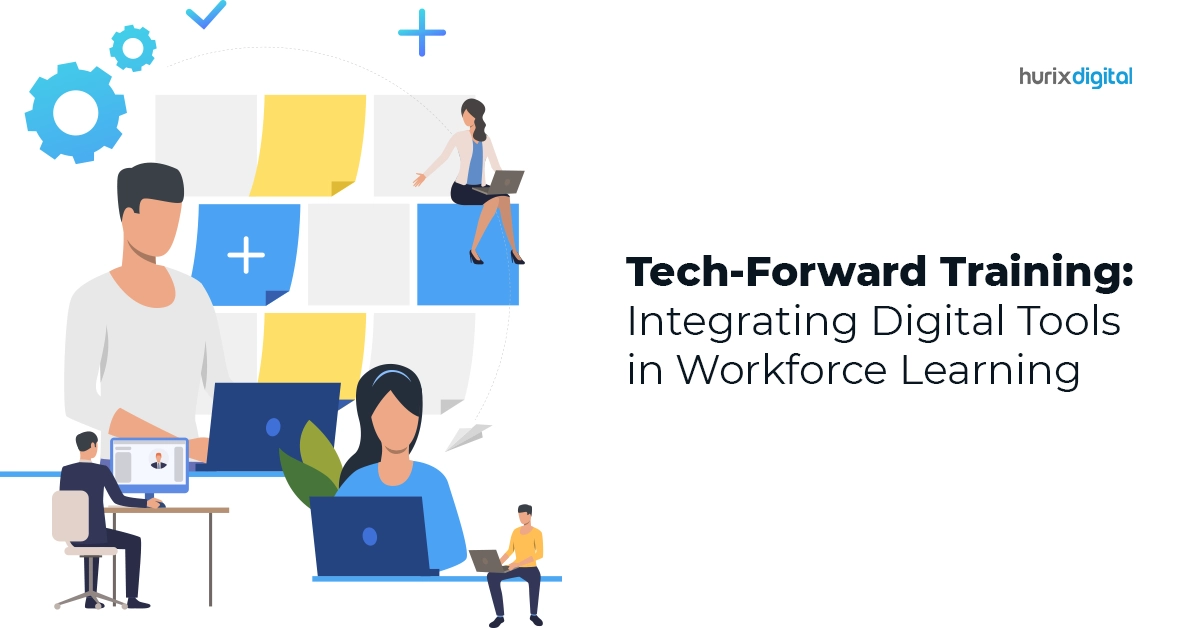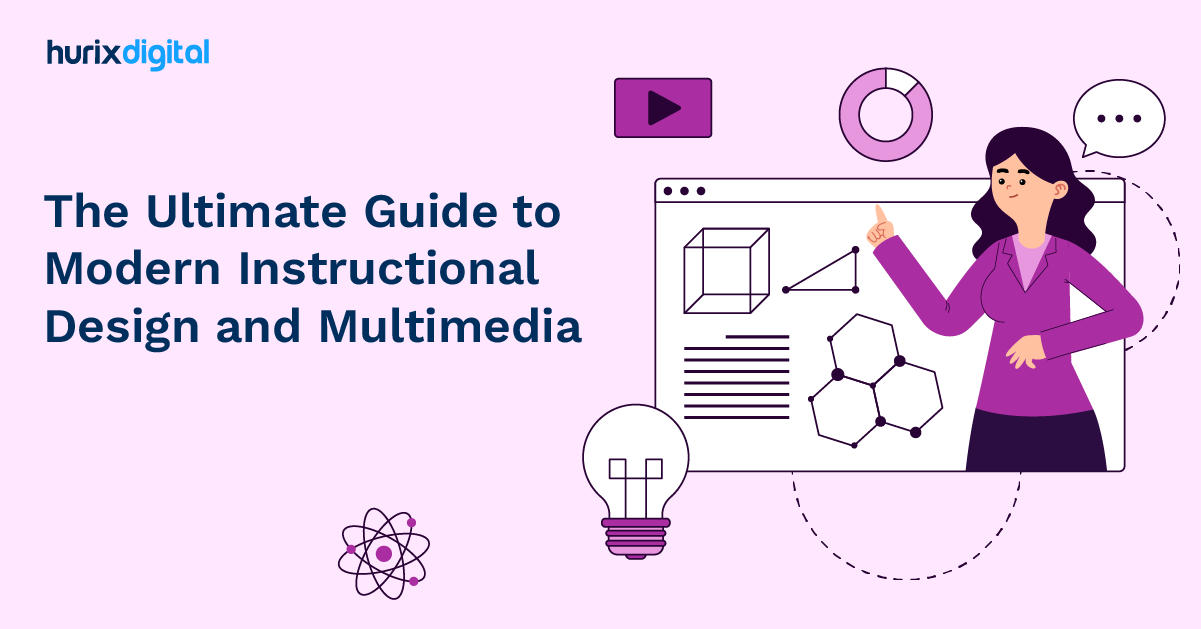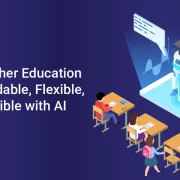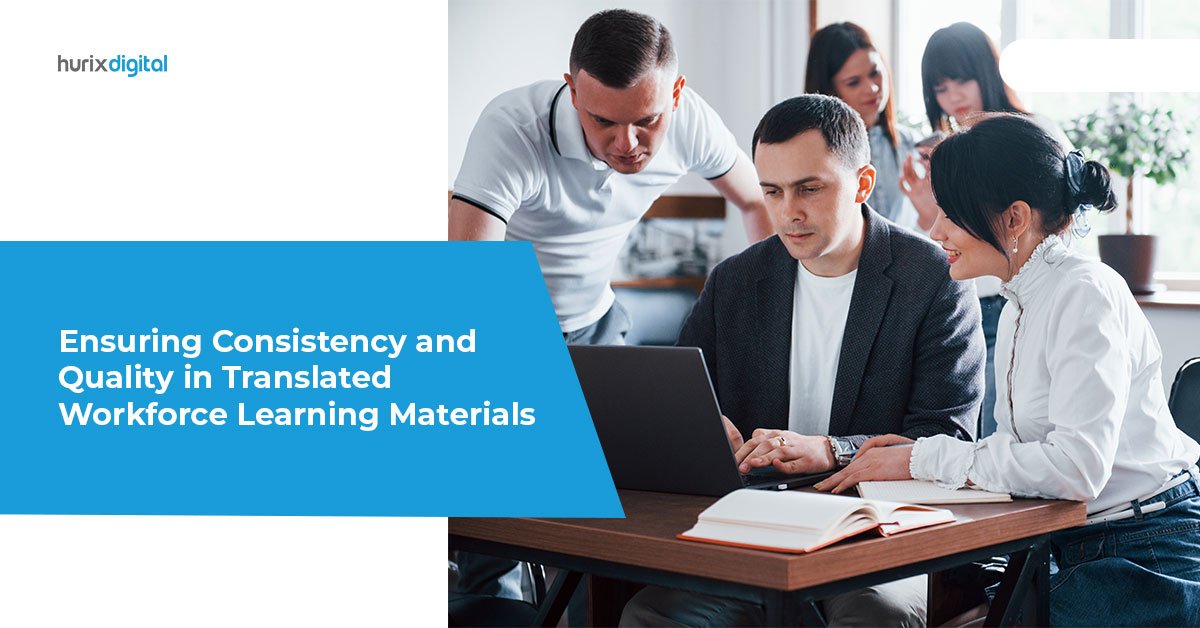
Ensuring Consistency and Quality in Translated Workforce Learning Materials
Summary
Explore strategies for ensuring consistency and quality in translated workforce learning materials, focusing on maintaining accuracy, clarity, and engagement across multiple languages.
The significance of training and development in building a skilled and resilient workforce can’t be emphasized enough. When it comes to corporate training in today’s globalized business world, you need to develop relevant, engaging, and impactful learning programs.
At the same time, they must be easily understood by a diversified global workforce comprising employees from different cultural backgrounds and speaking various languages. This is where translated corporate training materials come into the picture.
Ensuring that your translated learning materials are not just technically accurate but consistent can dramatically impact your workforce’s overall productivity. But the question is, how do you do that?
Table of Contents:
- How to Ensure Consistency in Translated Workforce Learning Materials?
1. Develop a Translation Strategy
2. Identify and Maintain the Content Tone
3. Create a Glossary of Terms
4. Emphasize on Context
5. Establish Communication Channels
6. Localize Non-Verbal Elements
7. Introduce Suitable Cultural References
8. Proofread and Test Thoroughly - The Bottom Line
How to Ensure Consistency in Translated Workforce Learning Materials?
Develop a Translation Strategy
Even before you begin developing your workforce training content, you must have a translation strategy in place. While the primary focus should be on deciding the learning solutions that will work best for your training program, you also need to pay attention to a few other essential aspects. These include the scope of the translations, audio and visual elements to be used in the program, and the target audience.
By developing and applying such a strategy, you can ensure that the corporate learning solutions you create are transition-friendly. This will assist in maintaining the quality of your learning program even as it is translated into various languages to train your employees.
Identify and Maintain the Content Tone
Every learning program bears a specific style and tone, regardless of whether it is an offline or an eLearning solution. The style and tone are meant to resonate with the target audience. Due to this, you can find some corporate learning materials to be formal, while others are more casual or informal.
When translating corporate training solutions, it is important to first identify the style and tone. The aim should be to recreate your training content in the target language while staying true to the tone of the original content. This will ensure that your translated content works to extend the reach of your learning solutions without impacting the essence or quality of your base content.
Create a Glossary of Terms
The basic objective of corporate learning materials is to ensure proper training, onboarding, or upskilling of employees, resulting in effective workforce transformation. This can’t be possible if the training content isn’t consistent. Having inconsistencies in translated workforce learning materials will prevent employees from drawing maximum advantage from the content.
Developing a glossary of commonly used words can be helpful when it comes to ensuring consistency. A glossary enables every translator working on your training content to have a reference point. It can comprise terms relevant to your industry or commonly used throughout the training content. It will enhance the consistency of your translated learning materials even as it saves time and effort for translators.
Also Read: What is Workforce Transformation? Importance, Benefits & Challenges
Emphasize on Context
Context has a key role to play in translation. It provides clues or hints about the intended meaning of various phrases or words, which helps elucidate cultural tones and references. Context also assumes much significance when translating offline or online learning solutions.
This is because a particular concept may exude different meanings when presented in different situations. If no attention is paid to this aspect, it can impact the learners. In other words, employees may end up with different meanings to the same concept, which may not be desirable for your organization.
This makes it necessary to ensure that your original content and your translated learning materials have the same context. Ensure your translator has in-depth knowledge of the original training content and is a pro at translating in the target language.
Establish Communication Channels
Sometimes you may have multiple translators working to translate your corporate training materials. Having translators work in segregation can lead to inconsistencies in the final translated content. This is because different translators may interpret and present the same words, phrases, or sentences differently.
An easy way to work around this problem is to establish communication channels among translators working on the same project or the same type of tasks. Translators can discuss any expression or term they aren’t sure of, which can eliminate the scope of inconsistency. As a result, your translated workforce training content can become a consistent and high-quality learning solution.
Also Read: Top 5 Trends in Workforce Learning and Development
Localize Non-Verbal Elements
Often corporate learning solutions include a wide variety of non-verbal elements. These include charts, images, tables, figures, currencies, etc. These are introduced to make the content relevant and engaging for the learners.
Since these non-verbal elements help learners easily visualize and grasp specific concepts, they deserve special attention. Take care to research well and create these elements keeping translation in mind. The aim is to localize these elements in the target language with ease. If they aren’t localized properly in the target language, it can impact the overall quality of the training material.
So, ensure your translators correctly render these non-verbal elements when translating the content.
Introduce Suitable Cultural References
Humor, puns, and pop culture references are usually considered impactful tools for presenting a point or illustrating an example. But these often get lost in translation. Simply put, they fail to make much sense to those unaware of the underlying cultural context. For instance, what is funny in one culture may not be in another.
Using appropriate cultural references in the base eLearning content is the best way to communicate an idea across languages. When translators work on such content, they will be able to convey the meaning effectively and consistently in the translated learning materials.
Proofread and Test Thoroughly
Proofreading is a vital step in translating corporate learning solutions. Generally, proofreading involves checking for spelling errors and grammatical mistakes. But in this case, you need to go beyond these aspects. You need to ensure that the essence of the training content is conveyed clearly in the translated version. Check that the translated content follows the given style guides or other standardizations and there are no inconsistencies involved.
While testing the translated corporate training solutions for quality and consistency, pay attention to the terminologies used and the message delivered. At the same time, ensure that the content is engaging and easy to understand.
The Bottom Line
The success of your translated corporate training materials depends on their quality and consistency. High-quality training content presented in the native language can enhance employee productivity and effectiveness. But translating your learning solutions may be easier said than done, especially when you want the best quality and consistency.
If you aren’t sure how to overcome this hurdle, you can contact a professional eLearning solution provider.
Hurix is a leading name in the workforce learning solutions landscape. The experts at Hurix have the expertise to develop and translate any corporate learning material. Get in touch with the experts at Hurix for top-notch translated online learning solutions.

Performance, Results, Growth, and Life-Long Learning define my professional life. I am passionate about making workplace learning planful, purposeful, and impactful. I take pride in partnering with clients and bringing them the best in learning design and creating solutions that address business challenges.
